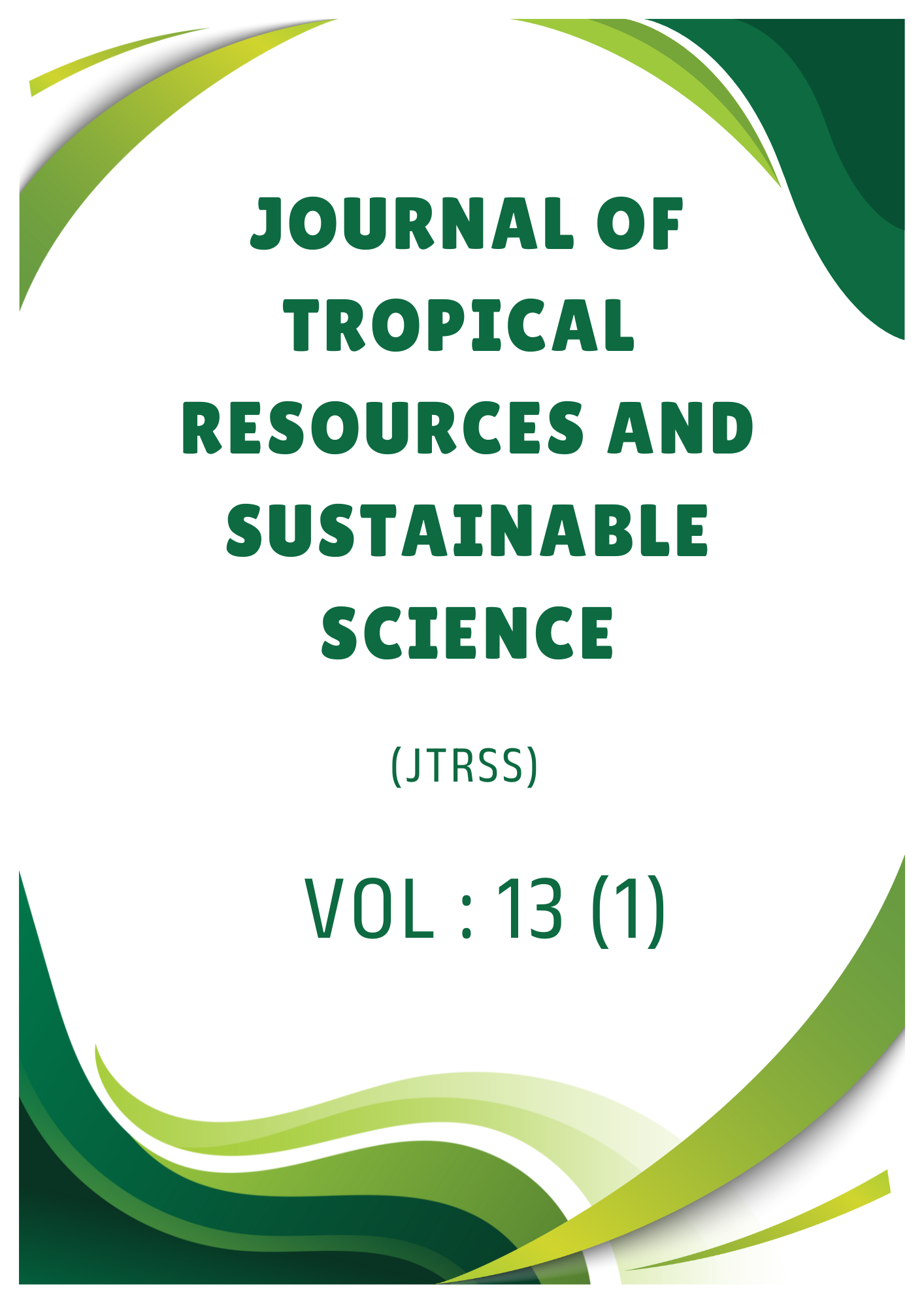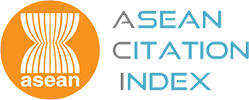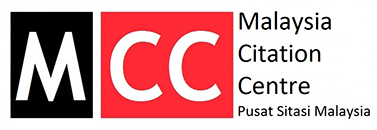A theoretical review of flood and its social-economic impacts
DOI:
https://doi.org/10.47253/jtrss.v13i1.1457Keywords:
behavioral-psychology, framework, flood, social-economic impacts, KelantanAbstract
This research employed Google’s engine to investigate 48 journals, newspapers, and government reports to identify the trend of research related to floods. It was found that Southeast Asia countries like Malaysia, Thailand, and Indonesia are relatively giving less attention to flooding issue, particularly on disaster preparedness, risk factors and perception, hazard assessment, uncertainty analysis and vulnerability in buildings. Nine theories and models were reviewed; a conceptual framework was developed based on behavioural decision theory (BDT), Protective Action Decision Model (PADM), Rational Actor Paradigm (RAP), expectancy-valence models (EVM), circumplex model of affect (CMA), and agent-based modelling. This framework encompasses the creation of a flood map using agent-based modelling while examining the decision-making environment, including certainty, uncertainty, and risk, along with their implications, such as assessing emotional states and economic losses. This would ultimately help us to understand the ways of life of the people in Kelantan, which recover efforts and raise awareness could be implemented effectively. Ultimately, the findings of this study can assist stakeholders, planners, and decision-makers in creating more effective policies and guidelines to support the people in Kelantan.







